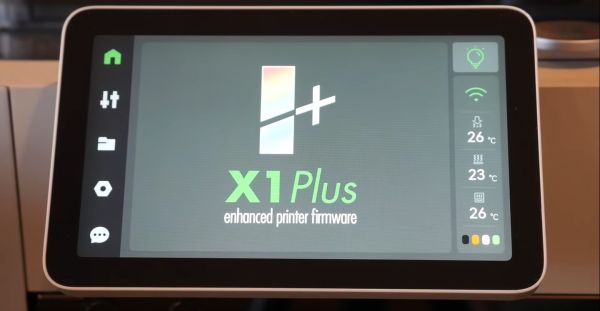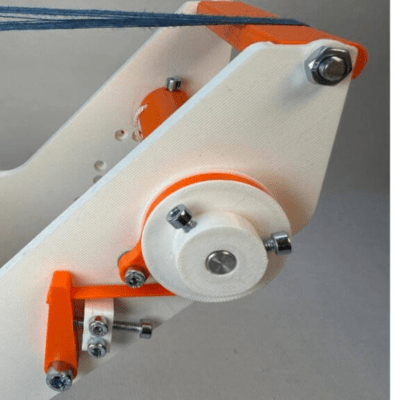There are a huge number of manufacturers building awesome radio-controlled cars these days. However, sometimes you just have to go your own way. That’s what [snamle] did with this awesome 3D-printed RC car—and the results are impressive.
This build didn’t just aim to build something that looked vaguely car-like and whizzed around on the ground. Instead, it was intended to give [snamle] the opporunity to explore the world of vehicle dynamics—learning about weight distribution, suspension geometry, and so many other factors—and how these all feed into the handling of a vehicle. The RC side of things is all pretty straightforward—transmitter, receiver, servos, motors, and a differential were all off-the-shelf. But the chassis design, the steering, and suspension are all bespoke—designed by [snamle] to create a car with good on-road handling and grip.
It’s a small scale testbed, to be sure. Regardless, there’s no better way to learn about how a vehicle works on a real, physical level—you can’t beat building one with your own two hands and figuring out how it works.
It’s true, we see a lot of 3D printed RC cars around these parts. Many are built with an eye to robotics experimentation or simply as a learning exercise. This one stands out for its focus on handling and performance, and of course that nicely-designed suspension system. Video after the break.
Continue reading “3D-Printed RC Car Focuses On Performance Fundamentals”


















